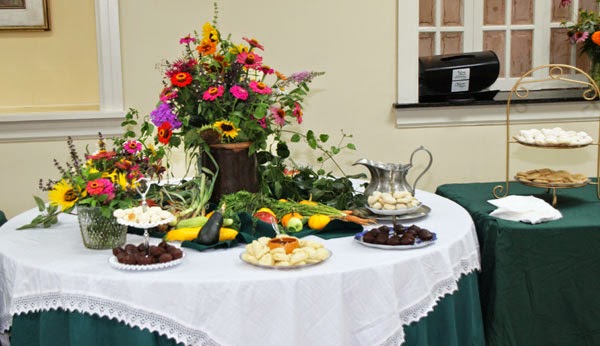If you listened to NPR Weekend Edition Sunday (today, July 6), you would have heard Linda Wortheimer's interview with C.L. Fornari about her new book, Coffee for Roses. If you missed it, you can
click here to listen to the interview.
Coffee for Roses...and 70 Other Misleading Myths about Backyard Gardening, is a delightfully readable book, packed with delicious surprises. C.L. Fornari is host of the very popular GardenLine radio show on WXTK and describes herself as a true "garden geek."
I met C.L. at our annual Garden Writers Association conference many years ago and have been anticipating her newest book release. This morning, while I ate my breakfast and listened to NPR Weekend Edition Sunday, I had the book beside my coffee and read along as Linda Worthheimer interviewed C.L.
 |
| C.L. Fornari |
Some of the myths C.L. "busted" in her extensive research, include:
- Rusty nails turn hydrangeas blue (I've heard that all my life)
- Cedar mulch keeps bugs out the garden
- Eggshells prevent blossom end rot on tomatoes (another myth I've long believed; I think I'm disappointed it's not true!)
- Plant red flowers to attract hummingbirds. Research has shown hummingbirds don't care one bit about color, they go where the nectar is. That also means they don't care if the hummingbird feeder is red or purple!
- Marigolds keep bugs out of the vegetable garden. Tests show no benefit from inter-planting marigolds in the garden.
-Don't plant pumpkins near squash because they'll cross-pollinate. I've heard that myth many times, as well as the other silly one, "don't plant fennel and dill together because they'll cross-pollinate." Plants only cross with other plants in the same species.
Not only is this great little book filled with myths busted, but also outstanding information about successfully growing vegetable crops. "When Squash Don't Produce" for example, gives specifics for trouble-shooting your squash plants to find the problem and fix it.
C.L. Fornari explains why oak leaves and pine needles do not make compost or soil more acidic, and why putting a layer or rocks or broken clay pots in the bottom of pots for drainage is a bad idea.
This is a fabulous book, full of great information and now-dead myths that many of us have held dear for decades.
You can order it here and I believe you will be delighted with this highly-entertaining, very educational, downright exciting book!
You can read
more about C.L. on her GardenLady website.

























